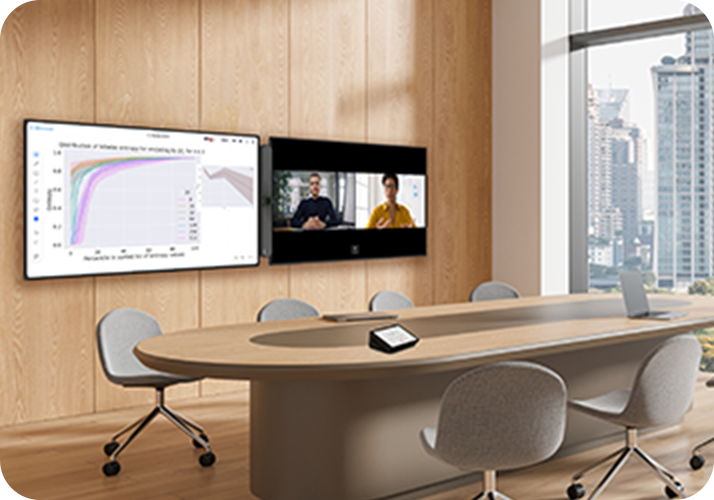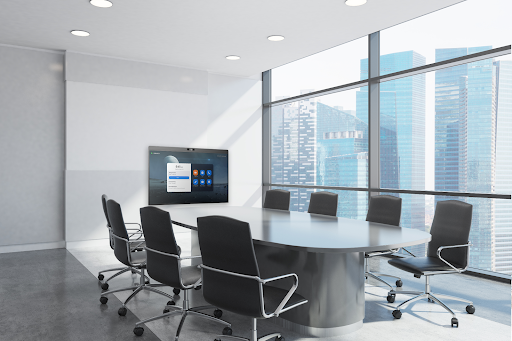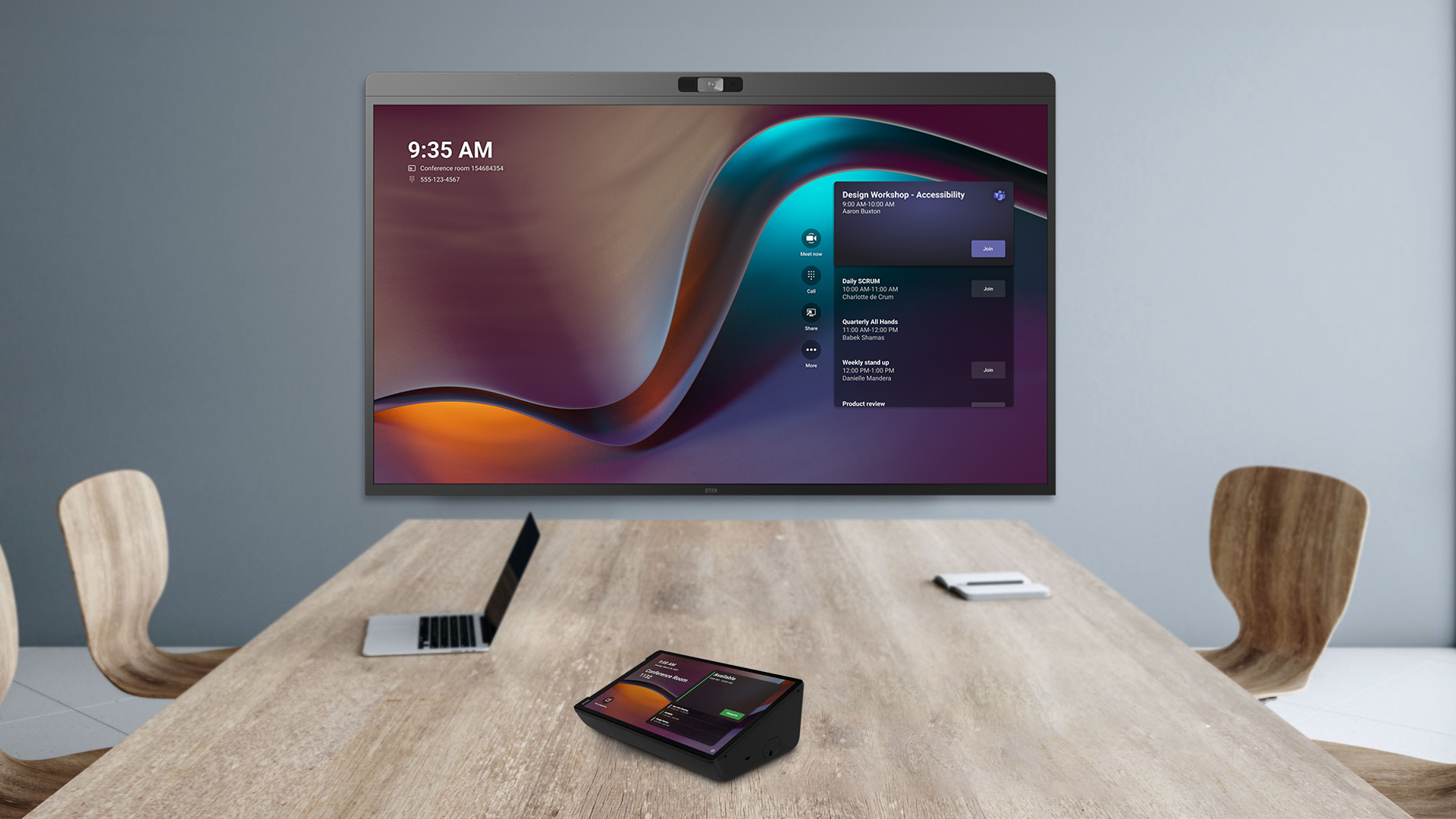5 Reasons to Conduct a Meeting Room Videoconferencing Assessment

The right tech in the right room makes for successful meetings.
In today’s hybrid workplace, videoconferencing and collaboration technology has never been more essential, or more scrutinized. Meeting rooms are expected to connect people seamlessly across locations, provide intuitive user experiences, and deliver strong ROI for the business. Yet despite significant investments, meeting spaces still frustrate employees, waste time, and drain IT resources. That’s why one of the most important first steps in building (or rebuilding) an exceptional workspace is an assessment of every meeting space in your environment. A focused videoconferencing assessment is crucial to ensuring the technology fits the space and the users. Here are five reasons why you need to conduct your own audit.
1. Identify the Hidden Gaps in Meeting Spaces
On paper, a meeting room may look modern: a large display, videoconferencing software, cameras, microphones. But if the equipment is aging, inconsistently updated, or poorly integrated, even small technical glitches can add up to major pain points. Research consistently shows that poor meeting experiences—dropped calls, unclear audio, difficult connections—cost companies both in lost productivity and employee satisfaction. A videoconferencing assessment helps identify these issues.
Without a technology assessment, it’s easy to overlook:
- Rooms that are underused because employees find them unreliable
- Technology that no longer integrates with collaboration platforms
- Rising support tickets and hidden IT costs tied to specific “problem rooms”

2. User Experience Matters as Much as Technology
A state-of-the-art room means little if employees avoid using it. An effective videoconferencing assessment goes beyond technical specs to include user feedback. Questions like “How easy is it to join a meeting?” or “What’s the most frustrating part of this room?” uncover barriers that IT alone may not see.
Gartner research regularly highlights that organizations with strong digital workplace strategies prioritize employee experience alongside technology. In practice, that means ensuring meeting spaces are intuitive, reliable, and designed for real workflows—not just vendor demos.
3. Gain a Clearer Picture of Costs and ROI
The financial impact of meeting rooms is often underestimated. Energy use, maintenance, and recurring IT support all add up. By documenting these costs in an audit, organizations gain a holistic view of their investments and can make smarter decisions about modernization. Equally, tracking downtime and wasted minutes provides a clearer measure of productivity lost when rooms don’t work as expected. Conducting a videoconferencing assessment helps in uncovering these financial nuances.

4. Preparing for the Future of Collaboration
Collaboration is evolving quickly, with AI-powered features like auto-framing, transcription, and real-time translation moving from “nice-to-have” to “must-have.” A meeting room assessment of videoconferencing tech identifies which spaces are ready for this future and which will need upgrades to support new capabilities. It also highlights opportunities for sustainability—whether through energy-efficient devices or occupancy-based lighting and HVAC.
5. The Payoff: Better Meetings, Less Friction
The ultimate goal of a meeting room videoconference audit is not just new hardware, but confidence. When employees walk into a space and know the technology will work, they engage more fully. Meetings start on time. IT receives fewer emergency calls. And leadership can see tangible returns on their technology spend.
In short, an assessment provides the roadmap to align people, spaces, and technology. It ensures that the technology in every meeting room supports the organization’s most important goal: enabling people to do their best work, together. For this reason, a comprehensive videoconferencing assessment should be part of every IT team’s goal to maximize efficiency.






